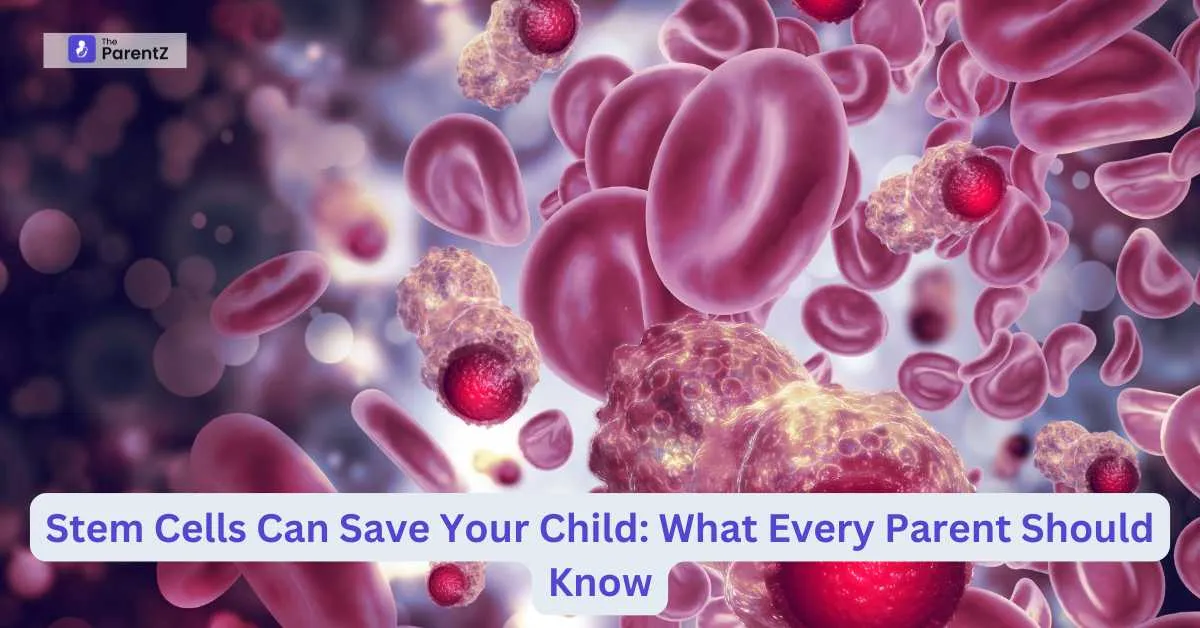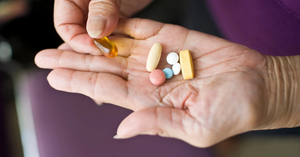Stem cell research has emerged as one of medicine's most significant frontiers, offering potential treatments for conditions long considered untreatable. These remarkable cells continue to transform our understanding of human biology while presenting unique opportunities and challenges for patients and healthcare providers alike.
Imagine a future where your child faces a life-threatening illness—but the cure is already within their body. Sounds like science fiction, right? But this is the real, awe-inspiring potential of stem cells. These tiny, powerful cells are changing the face of medicine—and they may very well hold the key to saving your child’s life someday.
What Exactly Are Stem Cells?
Stem cells are the body’s raw materials—the original cells from which all other cells with specialized functions (like heart, brain, or blood cells) are created. Think of them like blank slates that, with the right signals, can become whatever the body needs.
But the most remarkable trait of stem cells isn’t just their ability to become other cells—it’s their power to repair, replace, and regenerate damaged tissues. That’s what makes them a medical goldmine.
Understanding the Basics
Stem cells function as the body's raw materials—undifferentiated cells capable of developing into many different cell types during growth and repair. Their two defining characteristics set them apart from ordinary cells:
- They can divide and renew themselves over extended periods
- They can transform into cells with specialized functions, such as heart, brain, or liver cells
"Stem cells essentially serve as the body's internal repair system," explains Dr. Sarah Nguyen, Director of Regenerative Medicine at Cleveland Medical Center. "Their unique properties make them invaluable for treating damaged tissues that don't naturally regenerate well."
Types and Sources
Medical professionals typically work with several categories of stem cells:
- Embryonic stem cells - Derived from embryos, these pluripotent cells can differentiate into nearly any cell type
- Adult stem cells - Found in specific tissues throughout the body, with more limited differentiation capacity
- Induced pluripotent stem cells (iPSCs) - Created by reprogramming adult cells to behave like embryonic stem cells
- Perinatal stem cells - Harvested from umbilical cord blood, amniotic fluid, and placental tissues
Each type offers distinct advantages and limitations for research and clinical applications.
Current Medical Applications
Established Treatments
Certain stem cell therapies have already become standard medical practice:
- Hematopoietic stem cell transplantation for blood cancers and disorders
- Skin grafts using stem cells for severe burn patients
- Corneal stem cell treatments for certain types of blindness
For patients with leukemia or lymphoma, bone marrow transplants—which are essentially stem cell treatments—have been saving lives for decades.
Promising Clinical Trials
Research trials are exploring stem cell applications for:
- Neurological disorders - Parkinson's disease, spinal cord injuries, and multiple sclerosis
- Cardiac repair - Post-heart attack regeneration and chronic heart failure
- Type 1 diabetes - Beta cell replacement therapy
- Autoimmune diseases - Lupus, Crohn's disease, and rheumatoid arthritis
The FDA has approved limited trials for these conditions, with varying stages of progress.
The Family Decision-Making Process
For families considering stem cell treatments or banking, several practical factors warrant consideration:
Cord Blood Banking Options
Parents of newborns often face decisions about storing umbilical cord blood, which contains valuable hematopoietic stem cells.
"We present cord blood banking as an option, not a necessity," notes Dr. James Wilson, an obstetrician at Memorial Hospital. "Families should understand both private and public banking options before making a decision."
Private banking typically costs $1,500-$2,500 initially plus annual storage fees of $100-$300, while public donation is free but doesn't guarantee availability for the family later.
Treatment Access Considerations
For families exploring stem cell treatments for serious conditions, important questions include:
- Is the treatment FDA-approved or in clinical trials?
- Will insurance cover any portion of the costs?
- What evidence supports its effectiveness for the specific condition?
- What are the risks versus potential benefits?
"Unfortunately, many families fall prey to unproven stem cell treatments marketed aggressively online," warns Dr. Rachel Thompson of the International Society for Stem Cell Research. "Always verify that treatments are being conducted under proper regulatory oversight."
Navigating Ethical Considerations
The field balances scientific progress with ethical concerns:
- Embryonic stem cell research raises questions about embryo status and moral considerations
- Alternative technologies like iPSCs address some ethical issues but present technical challenges
- Equitable access remains problematic as advanced treatments often begin as expensive options
- Regulatory frameworks vary globally, creating inconsistent standards
These complex issues require ongoing dialog between scientists, ethicists, policymakers, and the public.
Looking Ahead: Emerging Technologies
Several innovations show particular promise:
- Organoids - Lab-grown miniature organs derived from stem cells for drug testing and disease modeling
- CRISPR gene editing combined with stem cell therapy to correct genetic disorders
- 3D bioprinting using stem cell-based bioinks to create transplantable tissues
- Personalized medicine approaches using patient-derived stem cells to test treatment responses
For conditions like pediatric brain injuries, cerebral palsy, and congenital heart defects, these technologies may eventually provide treatment options where few currently exist.
Making Informed Decisions
When considering stem cell therapies, healthcare providers recommend:
- Consulting specialists with expertise in both the condition being treated and stem cell medicine
- Distinguishing between established treatments and experimental approaches
- Verifying clinical trial registration and regulatory approval status
- Understanding the specific type of stem cells being used and their source
- Considering long-term follow-up care requirements
"The key is balancing hope with realistic expectations," advises Dr. Michael Chen, stem cell researcher at University Medical Center. "We're making remarkable progress, but we must be transparent about what we know and don't know."
Conclusion
Stem cell research continues to transform medicine with significant advances in understanding and treating previously intractable conditions. While challenges remain in translating laboratory discoveries to bedside treatments, established therapies demonstrate the field's potential.
For patients and families navigating treatment decisions, working closely with qualified medical professionals and seeking evidence-based options offers the best path forward in this rapidly evolving field.








Be the first one to comment on this story.